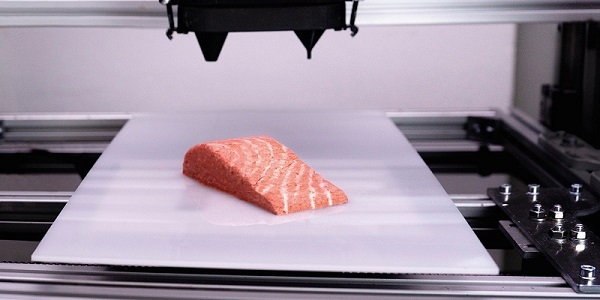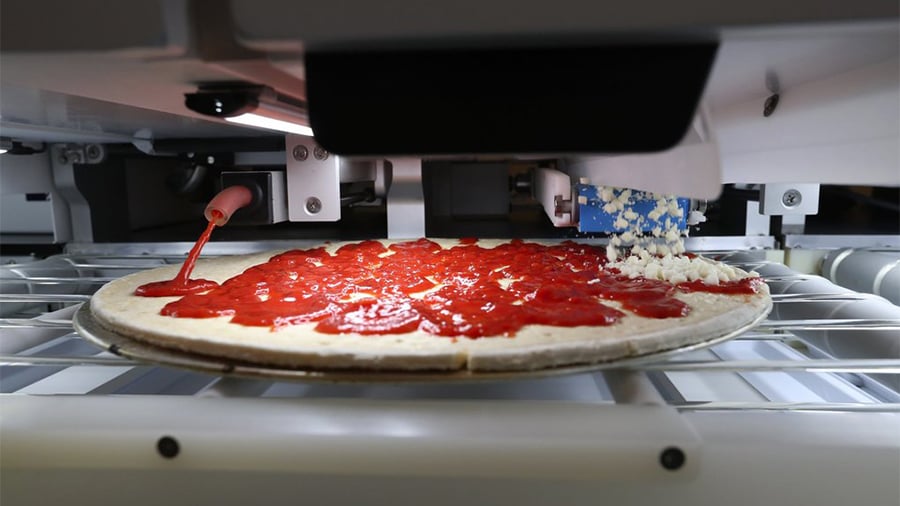
Exploring the Future of Cuisine: The Rise of 3D Food Printing
The advent of 3D food printing technology marks a significant milestone in culinary innovation. Originating in the early 21st century, this technology has evolved from simple experiments in shaping pureed foods to sophisticated machines capable of printing complex food items. The journey of 3D food printing began as a solution to personalize meals for specific dietary needs and has since expanded into a field with immense potential, blending culinary arts with technology. This article delves into the potential, advantages, disadvantages, and future prospects of 3D food printing technology, offering a comprehensive understanding of this groundbreaking culinary frontier.
Potential of 3D Food Printing Technology
The potential of 3D food printing is vast, ranging from personalized nutrition to intricate food design. This technology allows for precise control over ingredients, enabling the creation of dishes tailored to individual dietary requirements. It opens up new avenues for food customization, making it possible to adjust flavor, texture, and nutrients to suit personal preferences or health needs.
Additionally, 3D food printing holds promise in artistic food presentation, allowing chefs to create shapes and structures that were previously impossible. This technology also offers potential solutions for sustainable food production, utilizing alternative ingredients such as plant-based proteins or insect-based materials to create eco-friendly food options.
Advantages of 3D Food Printing
One of the primary advantages of 3D food printing is its ability to provide personalized nutrition. This technology can be particularly beneficial for individuals with specific dietary needs, such as athletes, the elderly, or those with food allergies. By precisely controlling ingredients, 3D food printing can help in creating meals that meet the exact nutritional requirements of an individual.
Another advantage lies in its potential for reducing food waste. By printing food on-demand, it minimizes excess production, contributing to more sustainable food consumption practices. The technology also allows for the utilization of alternative and unconventional food sources, potentially reducing the strain on traditional food supply chains.

Disadvantages of 3D Food Printing Technology
Despite its potential, 3D food printing faces several challenges. The technology is currently limited by slow printing speeds, making it less feasible for large-scale production or quick meal preparation. Additionally, the texture and taste of printed food may differ from traditionally prepared dishes, which could be a barrier to widespread acceptance.
Another concern is the cost of 3D food printers, which are currently relatively expensive, limiting their accessibility to professional kitchens or affluent individuals. There are also questions about the long-term health effects of consuming printed food, as the technology is still in its nascent stages.
Concluding Thoughts on the Prospects of 3D Food Printing
In conclusion, 3D food printing technology presents exciting opportunities for the future of cuisine. Its potential to provide personalized nutrition, reduce food waste, and create novel culinary experiences is unparalleled. However, the technology is still developing, and overcoming its current limitations will be key to its success and widespread adoption. The future of 3D food printing looks promising, with ongoing advancements likely to enhance its feasibility and applicability in both home kitchens and professional culinary settings.
